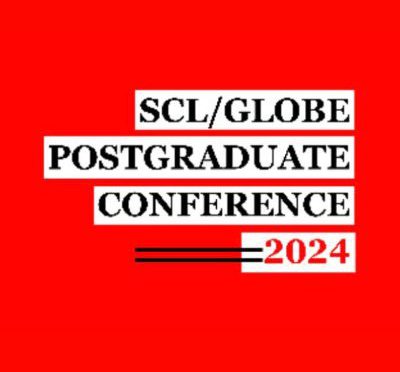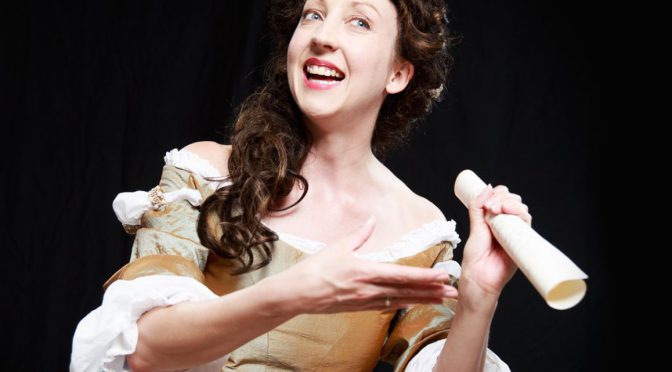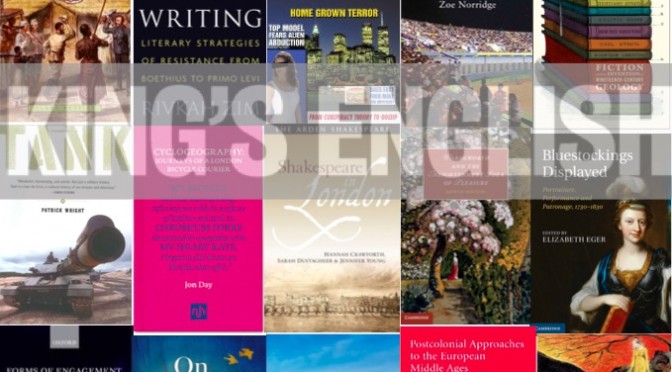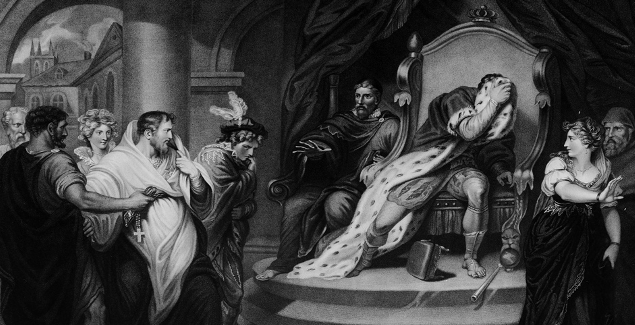The annual Shakespeare Centre London’s post-graduate conference, hosted by both King’s College London and The Globe, takes place 10th-11th May. With Dr Natalya Din-Kariuki, Professor Tiffany Stern and Rob Myles as plenaries, the event promises to be a fascinating meeting of scholarly interests and academic disciplines, exploring what the term ‘Innovation’ means to our understanding of the early modern today. Continue reading Shakespeare Centre London and Shakespeare’s Globe 2024 Graduate Conference
Category Archives: Browse by field
Review: The Masks of Aphra Behn by Claire Amias
By Amalia Costa
The year is 1677, and Aphra Behn has gatecrashed her own play. Instead of a pre-scheduled performance of The Rover, Behn takes to the stage to tell the story of her life up until this point, in a one-woman show by Claire Amias, whose charismatic portrayal of Behn reveals a character study rich in humour and pathos.
Continue reading Review: The Masks of Aphra Behn by Claire Amias
Teaching Opportunity on Great Historical Times of International Conflict: The Holocaust and Rwandan Genocide
The Department of English welcomes applications for an hourly-paid teaching opportunity for the second semester of 2022/23.
Teaching Opportunity in American Literature
The Department of English welcomes applications for an hourly-paid teaching opportunity in American Literature for the second semester of 2022/23.
Continue reading Teaching Opportunity in American Literature
KURF: Reflections of a Summer as an Undergraduate Research Fellow at King’s
By Fatima Khan
Third-year English Literature student Fatima Khan reflects on her experience as an Undergraduate Research Fellow as part of King’s Undergraduate Research Fellowship (KURF).
This year, I spent the summer working as an Undergraduate Research Fellow as part of King’s Undergraduate Research Fellowship Programme, also known as KURF.
Continue reading KURF: Reflections of a Summer as an Undergraduate Research Fellow at King’s




